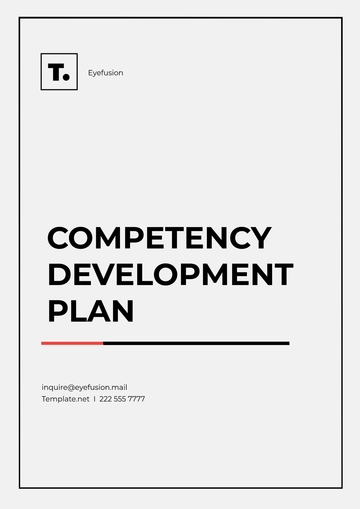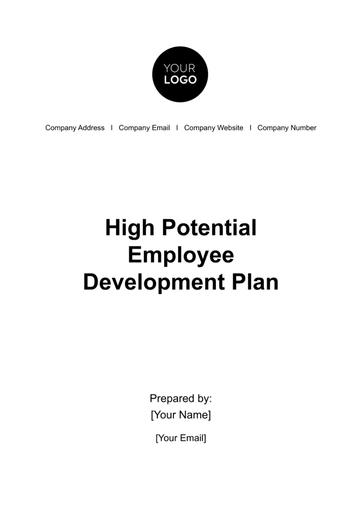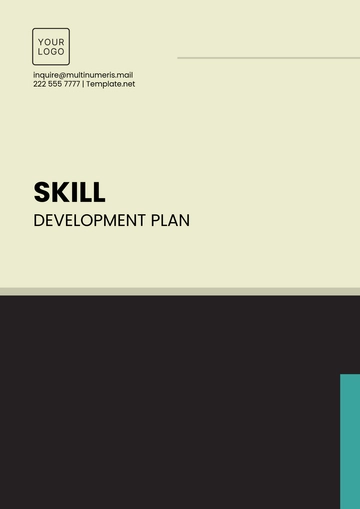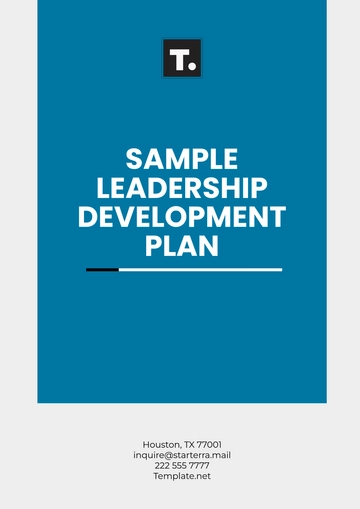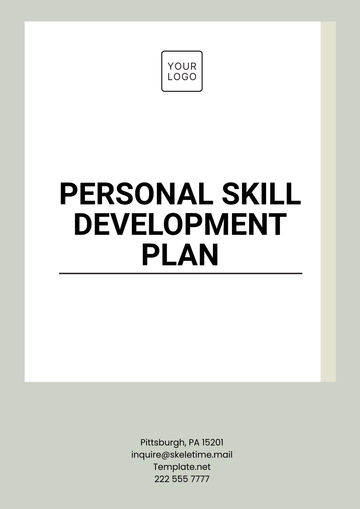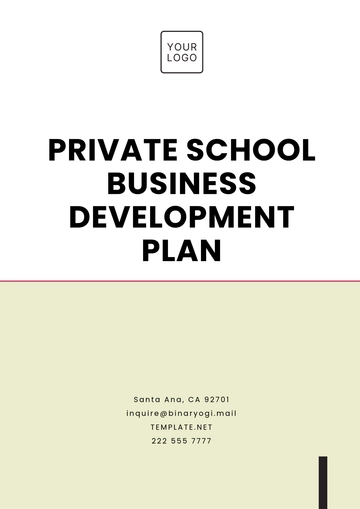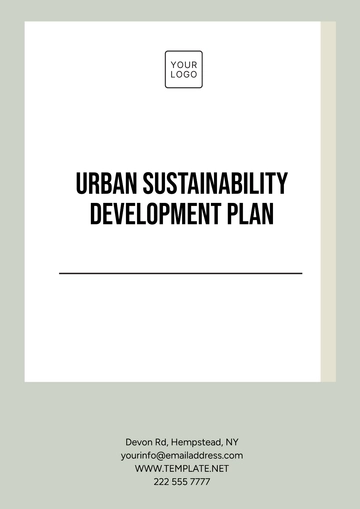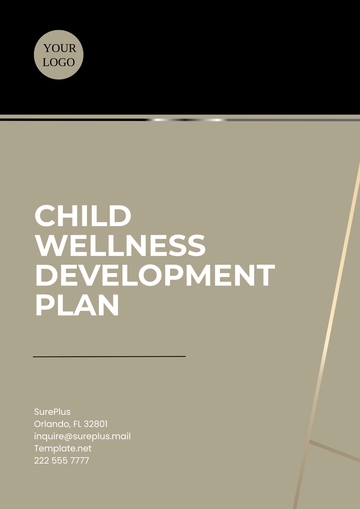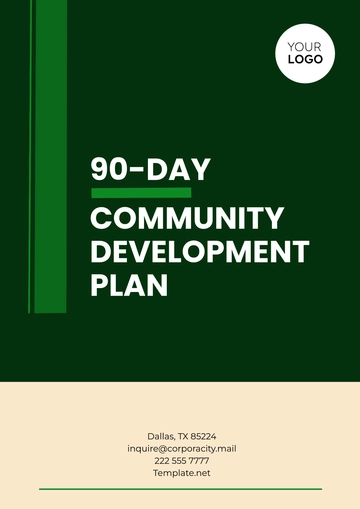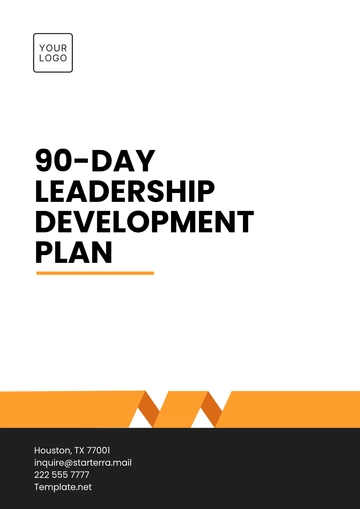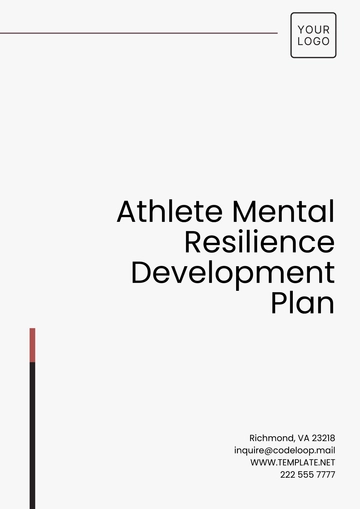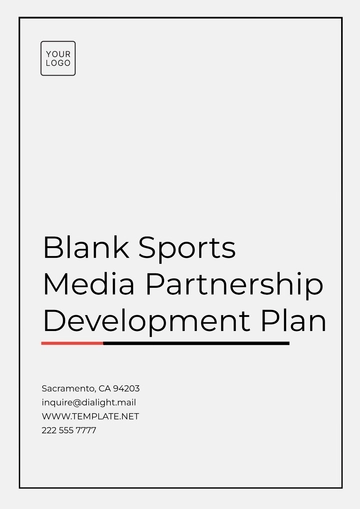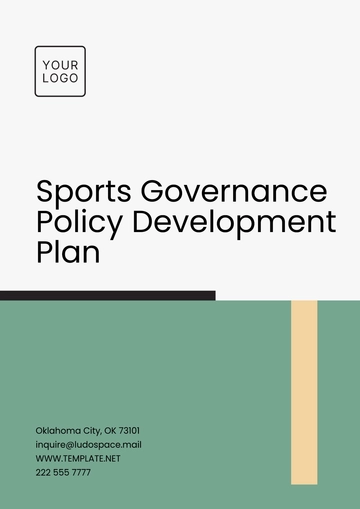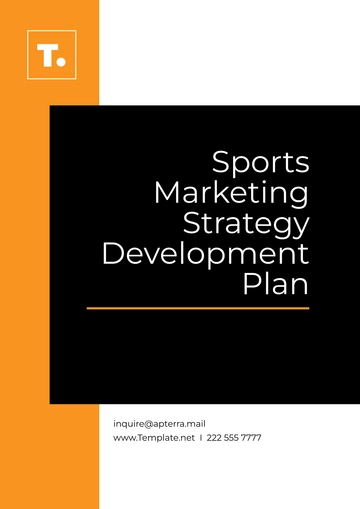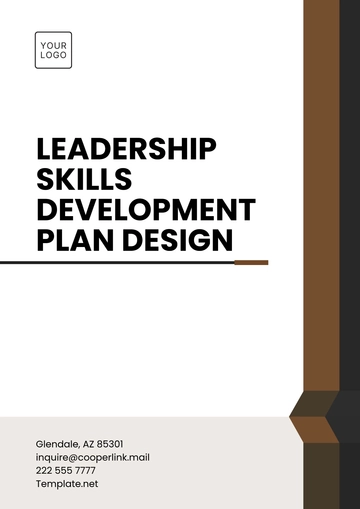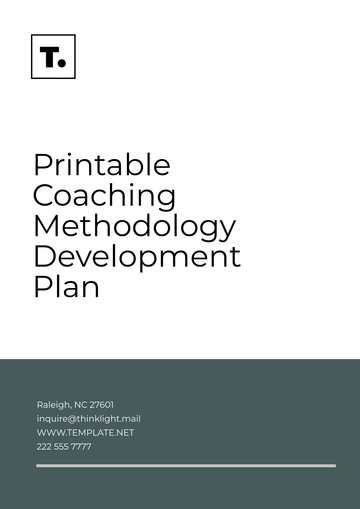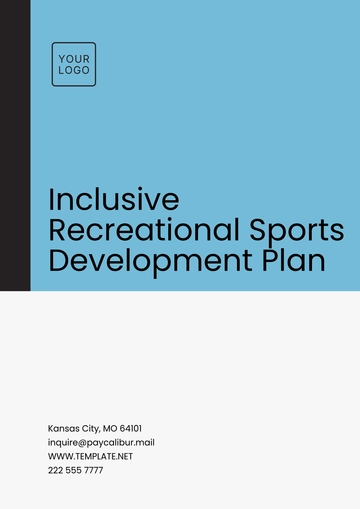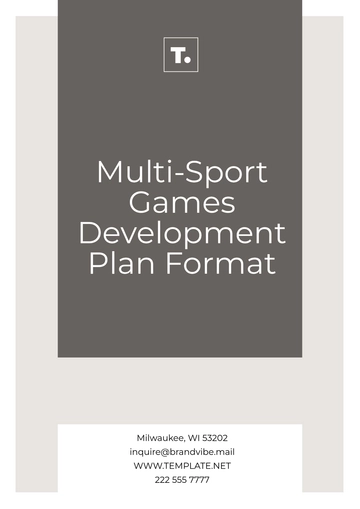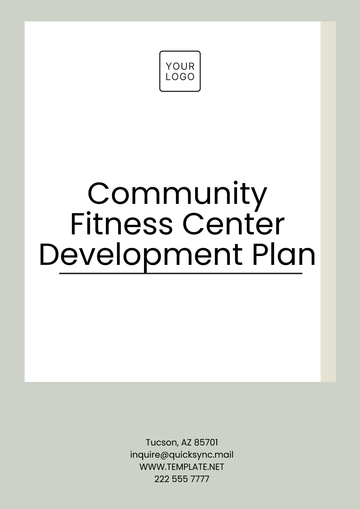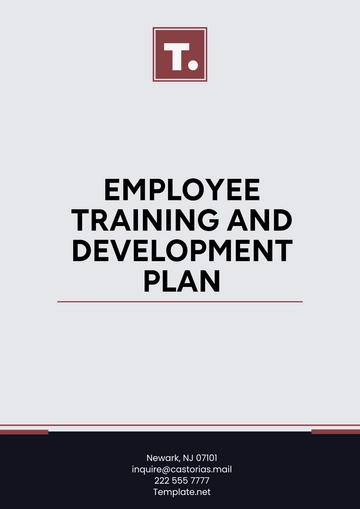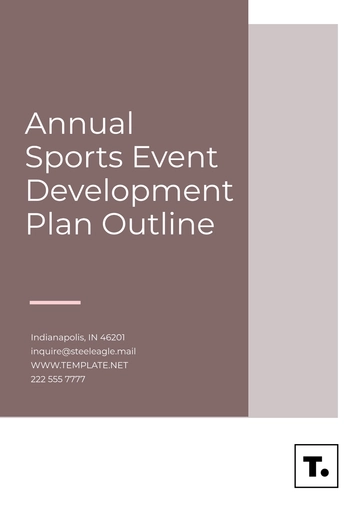Free Cleaning Services Leadership Development Plan
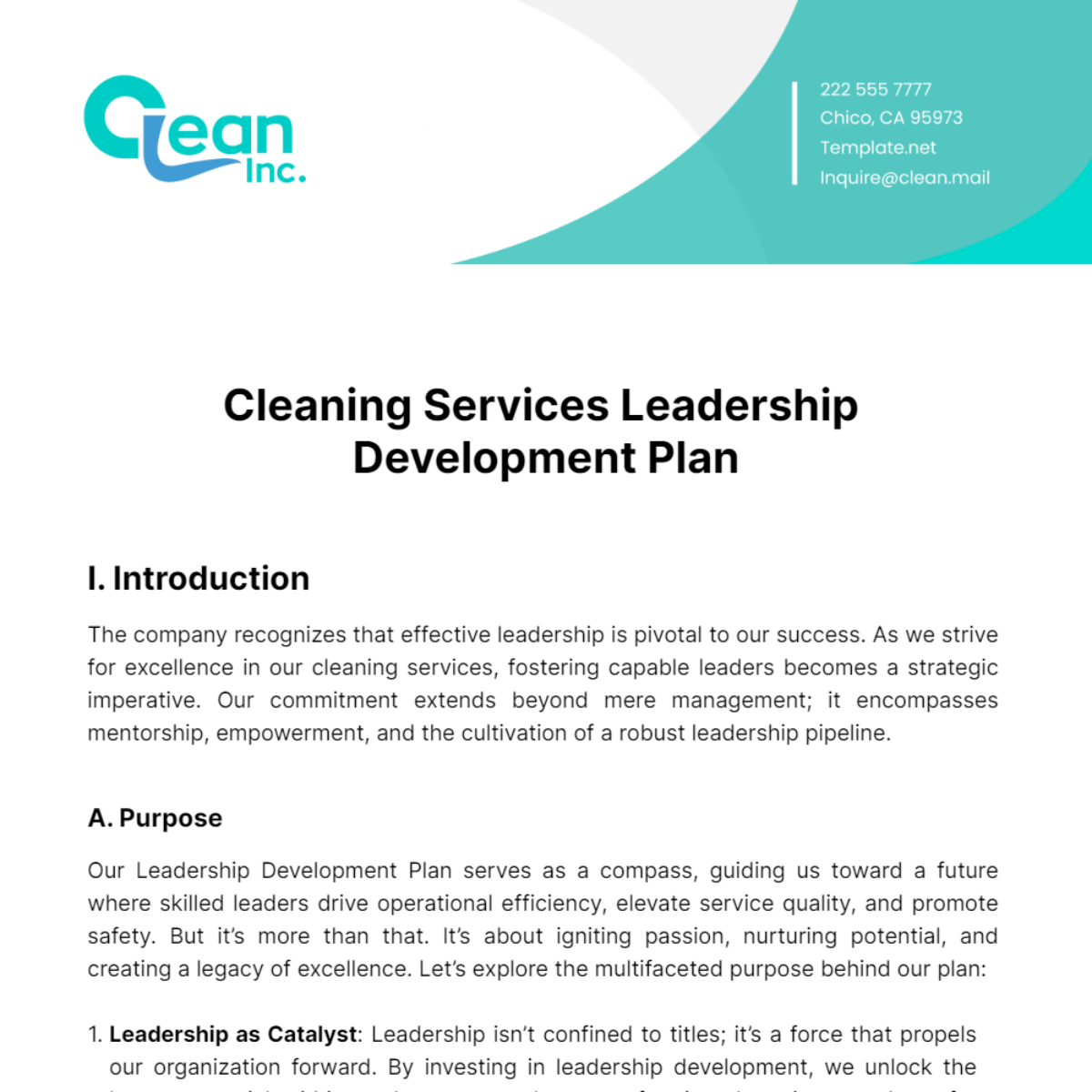
I. Introduction
The company recognizes that effective leadership is pivotal to our success. As we strive for excellence in our cleaning services, fostering capable leaders becomes a strategic imperative. Our commitment extends beyond mere management; it encompasses mentorship, empowerment, and the cultivation of a robust leadership pipeline.
A. Purpose
Our Leadership Development Plan serves as a compass, guiding us toward a future where skilled leaders drive operational efficiency, elevate service quality, and promote safety. But it’s more than that. It’s about igniting passion, nurturing potential, and creating a legacy of excellence. Let’s explore the multifaceted purpose behind our plan:
Leadership as Catalyst: Leadership isn’t confined to titles; it’s a force that propels our organization forward. By investing in leadership development, we unlock the latent potential within each team member, transforming them into catalysts for positive change. Whether it’s a frontline cleaner or a supervisor, their influence ripples through our corridors, shaping culture, performance, and client satisfaction.
Sustainable Growth: Our purpose transcends short-term gains. We envision leaders who not only meet today’s challenges but also anticipate tomorrow’s. As we expand our services, venture into new markets, and embrace technological advancements, our leaders must adapt, innovate, and lead with resilience. Their growth ensures our organization’s longevity—a legacy that transcends generations of cleaners.
Client-Centric Leadership: Our clients deserve leaders who embody empathy, integrity, and unwavering commitment. When our cleaners step into a client’s space, they become ambassadors of trust. The purpose of our plan is to nurture leaders who understand that every sanitized surface, every sparkling window, contributes to the well-being of those we serve. Our purpose aligns with the smiles on our clients’ faces—the ultimate measure of success.
B. Objectives
Our objectives are multifaceted, aligning with our commitment to continuous improvement:
Identifying Potential Leaders
1.1. We actively scout for individuals who exhibit leadership potential. Whether it’s a keen eye for detail, exceptional communication skills, or a natural ability to inspire others, we seek out those who can lead by example.
1.2. Our objective is to create a talent radar that identifies rising stars, regardless of their current roles.
Providing Training Opportunities:
2.1. Our structured training programs equip aspiring leaders with the necessary tools. From local inductions to specialized workshops, we ensure that each cleaner has access to relevant training.
2.2. Our objective is to foster a learning ecosystem where knowledge flows freely, transcending hierarchies.
Promoting Safety and Compliance
3.1. Leaders play a critical role in maintaining safety standards. By emphasizing safety protocols, we create a secure work environment for our team and clients alike.
3.2. Our objective is to weave safety consciousness into the fabric of leadership, ensuring that every decision prioritizes well-being.
Encouraging Professional Growth
4.1. We encourage ongoing learning and skill development. Whether it’s mastering new cleaning techniques or enhancing interpersonal skills, our leaders continuously evolve.
4.2. Our objective is to create a growth mindset—an unwavering commitment to personal and professional development.
II. Leadership Development Framework
A. Leadership Competencies
Communication Skills
1.1. Effective communication lies at the heart of leadership. Our leaders must convey expectations clearly, actively listen, and foster an environment where ideas flow freely.
1.2. They should master both verbal and written communication, adapting their style to diverse audiences. Whether it’s briefing the team on a new cleaning protocol or composing an email to a client, their words carry weight.
Decision-Making Abilities
2.1. Leaders encounter complex scenarios daily. Their decisions impact the team, clients, and overall service quality. Whether it’s allocating resources efficiently or handling a client complaint, their judgment matters.
2.2. We encourage critical thinking, data analysis, and the ability to make informed choices swiftly. Leaders weigh pros and cons, considering long-term implications.
Emotional Intelligence (EQ)
3.1. EQ encompasses self-awareness, empathy, and relationship management. Leaders must navigate emotions—both their own and others’. When a team member faces personal challenges or a client expresses dissatisfaction, EQ comes into play.
3.2. EQ enables them to handle conflicts, motivate the team, and build strong working relationships. It’s about understanding the human side of cleaning services.
Conflict Resolution Skills
4.1. Conflicts arise in any workplace. Leaders should mediate disputes, find win-win solutions, and maintain team cohesion. Whether it’s resolving disagreements between cleaners or addressing a scheduling conflict, their diplomacy matters.
4.2. They learn to address disagreements constructively, fostering a positive work environment. Conflict resolution isn’t about avoiding clashes; it’s about turning them into growth opportunities.
Strategic Thinking
5.1. Beyond day-to-day tasks, leaders must envision the bigger picture. Strategic thinking involves anticipating industry trends, adapting to change, and planning for the future. How do we stay ahead in a competitive market? How can we enhance our services?
5.2. We encourage leaders to analyze data, identify growth opportunities, and align their actions with organizational goals. Their strategic vision ensures [Your Company Name] remains agile and relevant.
B. Training Programs
Local Induction Program
1.1. New cleaners receive a local induction on their first day. This includes administrative details, reporting requirements, and basic OH&S information. But it’s more than paperwork—it’s their initiation into our cleaning family.
1.2. Orientation introduces them to colleagues, timesheets, and the specific work area. They learn about safety exits, emergency procedures, and the importance of teamwork.
Structured Induction Program
2.1. Complements the local induction. It’s like adding layers to a foundation. Covers [Your Company Name]'s expectations, work specifics, and essential information. Cleaners dive deeper into our values, quality standards, and client-centric approach.
2.2. The Induction Manual for Cleaners supplements this training, emphasizing our values and standards. It’s their handbook for excellence.
Health and Safety Training
3.1. Regular sessions during paid time. Safety isn’t negotiable.
3.2. Focuses on safe equipment use, chemical handling, and personal protective gear. Cleaners learn to protect themselves and others.
3.3. They understand the importance of reporting faults and accidents promptly. Safety isn’t a checklist; it’s a mindset.
C. Language and Literacy Support
Individualized Approach
1.1. We ascertain language and literacy needs. Some cleaners may require additional support, especially if English isn’t their first language.
1.2. Referral to language training programs, if necessary, ensures effective communication. It’s about breaking language barriers and fostering inclusion.
Health and Safety Committee Representation
2.1. A representative from the cleaning staff joins the Health and Safety Committee. Their seat at the table matters.
2.2. Their insights contribute to a safer workplace. They voice concerns, propose improvements, and champion safety initiatives.
D. Continuous Improvement
Timely Advice
1.1. Leaders provide advice on compulsory training schedules. They’re mentors, not just managers.
1.2. Facilitate attendance at training sessions. It’s about commitment and accountability.
Encouragement and Support
2.1. Leaders motivate cleaners to pursue formal training voluntarily. They recognize effort and celebrate growth.
2.2. Support their growth journey. It’s not a solo climb; it’s a team ascent.
Best Practices Implementation
3.1. Cleaners apply knowledge gained through training. They become ambassadors of excellence.
3.2. We encourage continuous improvement and innovation. It’s about raising the bar, one sanitized surface at a time.
III. Implementation Plan
In the following table, we outline the implementation plan, which translates our strategies into actionable steps:
Phase | Activities | Responsible Party |
|---|---|---|
Phase One |
| HR and Leadership Team |
Phase Two |
| Training Coordinators and Senior Leaders |
Phase Three |
| Project Managers and Team Leads |
Phase Four |
| HR and Leadership Team |
A. Assessment and Planning
In this initial phase, we evaluate our existing leadership competencies. This assessment helps us understand where our leaders stand today—identifying their strengths and areas for growth. We then identify potential leaders through assessments, looking beyond technical skills to explore emotional intelligence, adaptability, and alignment with our organizational values. Finally, we create personalized growth plans for each leader, recognizing that individualized approaches yield better results.
B. Skill Enhancement
During this phase, we focus on skill development. First, we conduct leadership training sessions, covering essential competencies such as communication, decision-making, and conflict resolution. Second, we provide mentorship opportunities, connecting emerging leaders with seasoned mentors who offer guidance and support. Third, we encourage participation in industry conferences, exposing leaders to diverse perspectives and fostering continuous learning.
C. Hands-On Experience
Leadership isn’t theoretical; it’s practical. In this phase, we immerse potential leaders in real-world scenarios. First, we assign leadership roles in pilot projects, allowing them to apply their skills and learn from outcomes. Second, we monitor their performance and provide constructive feedback. Third, we rotate leadership responsibilities, ensuring versatility and adaptability.
D. Continuous Improvement
Leadership development is an ongoing process. First, we regularly evaluate leadership effectiveness, ensuring alignment with organizational goals. Second, we recognize achievements and growth, celebrating milestones. Third, we adjust development plans as needed, remaining flexible to evolving needs.
A structured development plan ensures a steady supply of capable leaders, safeguarding against leadership gaps. Leaders who grow stay. Engagement flourishes when development is intentional. Adaptable leaders navigate change. They’re our compass in stormy seas. Effective leaders enhance service quality, delight clients, and build lasting relationships.
IV. Evaluation and Feedback
A. Ongoing Assessment
Effective leadership hinges on continuous evaluation. Here’s how we ensure ongoing improvement:
Qualifying Phase
1.1. Determine Necessity: Assess whether a team-development intervention is necessary. Consider factors such as team dynamics, individual contributions, and alignment with organizational goals.
1.2. Assess Team Dynamics: Understand how the team functions—communication patterns, collaboration, and trust levels.
1.3. Evaluate Alignment: Ensure that team efforts align with organizational objectives.
Intervention Phase
2.1. Establish Structures and Processes: Define roles and responsibilities clearly. Set up communication channels to streamline information flow.
2.2. Improve Team Dynamics: Encourage open dialogue and knowledge sharing and address conflicts constructively.
2.3. Real-Time Coaching: Provide timely feedback during team interactions. Support leaders in handling challenges effectively.
Evaluation Phase
3.1. Measure Effectiveness: Evaluate the impact of the intervention on team effectiveness. Use metrics such as productivity, collaboration, and goal attainment.
3.2. Adjust Strategies: Based on outcomes, refine approaches as needed. Continuously align development efforts with organizational goals.
B. Recognition and Growth
Recognition
1.1. Celebrate Milestones: Acknowledge achievements, whether they’re successful project launches, innovative solutions, or exceptional teamwork. Publicly recognize individuals and teams for their contributions.
1.2. Reinforce Positive Behavior: Regularly highlight behaviors aligned with our organizational values. Positive reinforcement encourages consistency and reinforces desired leadership traits.
Growth Opportunities
2.1. Training and Workshops: Provide access to relevant training programs, workshops, and seminars. Leaders should continuously enhance their skills.
2.2. Cross-Functional Exposure: Encourage leaders to work across departments. Exposure to different functions broadens perspectives and fosters adaptability.
2.3. Mentorship: Pair emerging leaders with seasoned mentors. Mentorship provides guidance, insights, and emotional support.
C. Adaptability and Refinement
Adjustment
1.1. Flexibility Matters: Leadership development plans aren’t static. As organizational needs evolve, we will adjust strategies accordingly.
1.2. Individualization: Recognize that each leader’s journey is unique. Tailor development approaches based on individual strengths, aspirations, and growth areas.
Outcomes-Driven Approach
2.1. Connect Methods to Results: Ensure that development efforts directly impact organizational goals. Measure outcomes using relevant metrics (e.g., team performance, employee engagement).
2.2. Continuous Refinement: Regularly review and refine strategies based on feedback and results. Stay responsive to changing business dynamics and leadership requirements.
V. Conclusion
As we wrap up this plan, we recognize that leadership development isn’t a destination; it’s a journey. Our potential leaders—whether they’re emerging supervisors, seasoned team leads, or frontline cleaners—embark on a path of growth. Each decision they make, every skill they hone, contributes to the collective tapestry of our organization. We’re not merely investing in their professional development; we’re investing in our shared future. So, let’s celebrate the small victories—the successful project launches, the mentoring moments, and the breakthroughs. These are the stepping stones toward a leadership legacy.
So, here’s our call to action: Let’s champion leadership at every level. Let’s recognize leadership not as a title but as a mindset—a commitment to excellence, integrity, and continuous learning. As we implement this plan, let’s remain agile, adaptable, and open to feedback. Our journey isn’t linear; it’s dynamic. And as we ascend, let’s remember that leadership isn’t about reaching the summit; it’s about lighting the way for others. Together, we’ll elevate [Your Company Name] to new heights—one leader at a time.
- 100% Customizable, free editor
- Access 1 Million+ Templates, photo’s & graphics
- Download or share as a template
- Click and replace photos, graphics, text, backgrounds
- Resize, crop, AI write & more
- Access advanced editor
Create a tailored development plan with precision with our Cleaning Services Leadership Development Plan Template! This customizable plan only on Template.net is designed to be easily editable, allowing you to create a detailed development plan. The AI Editor Tool simplifies the process, helping you build a successful leadership development program!
